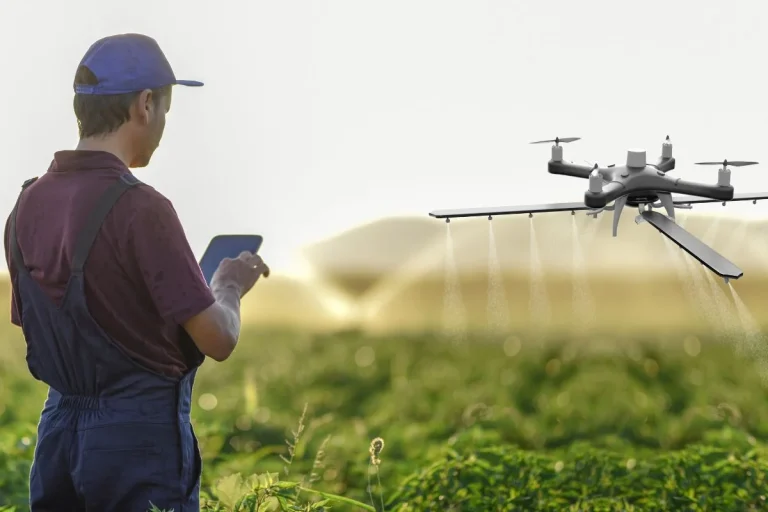Technology to the Rescue: How Modern Tools Help Restaurants Manage Labor Costs Better

Restaurant operators are always looking for methods to better control expenses in a sector known for having narrow profit margins. One of the biggest contributors to a restaurant’s overhead is labor costs. Thankfully, technological developments provide a range of cutting-edge solutions that facilitate operational efficiency and improve labor cost management. These solutions, which provide restaurant operators a means to maximize labor expenses without sacrificing service quality, include scheduling software, artificial intelligence (AI), and data analytics.
Scheduling Software’s Power
The emergence of scheduling software is one of the most significant technical developments for eateries. Restaurant managers may develop dynamic staffing plans that correspond with consumer demand with the help of this kind of software. Managers can more accurately forecast when the restaurant will need more employees and when it can function with fewer staff members by looking at past sales data and peak periods. In addition to lowering labor expenses during slack times, this guarantees that the restaurant has enough employees at peak hours, which raises patron satisfaction. Employee self-scheduling is another feature of many scheduling solutions that gives employees the freedom to choose the schedules that work best for them. This is a win-win situation that often leads to higher job satisfaction and reduced attrition rates.
Artificial Intelligence Utilization
Another important force in the restaurant technology revolution is artificial intelligence. Using machine learning algorithms that take into account a number of variables, including the weather, regional events, and past customer behavior, AI-driven systems are able to predict client demand. By proactively adjusting labor levels, restaurant operators may lower the danger of understaffing during peak hours or overstaffing during slower times thanks to this predictive capabilities. Additionally, AI may help automate repetitive jobs like point-of-sale transactions and inventory management, freeing up front-of-house employees to concentrate more on customer care and less on administrative work, improving overall operational quality and labor efficiency.
Making Use of Data Analytics
Owners may get priceless insights into their operations by using data analytics in restaurant management. Restaurant managers may quickly find areas where expenses can be cut without compromising service quality by looking at labor cost trends and key performance indicators (KPIs). For example, owners may identify inefficiencies, evaluate employee performance, and make data-driven choices about recruiting, training, or allocating workload among staff members by examining labor indicators like labor controllable costs per sale or labor productivity. In the end, restaurant managers may make adjustments that result in quantifiable labor cost savings by using the power of data analytics.
Simplifying Interaction and Cooperation
In order to effectively manage a restaurant’s workers, communication is crucial. Management and employees may communicate in real time thanks to platforms made possible by modern technology. This quick information sharing enables personnel to be immediately adjusted in response to unanticipated events, such an unexpected surge in customers or employee absence. Restaurant operators may reduce interruptions and maintain ideal staffing levels by making sure everyone is in agreement, which will eventually improve service and customer retention.








